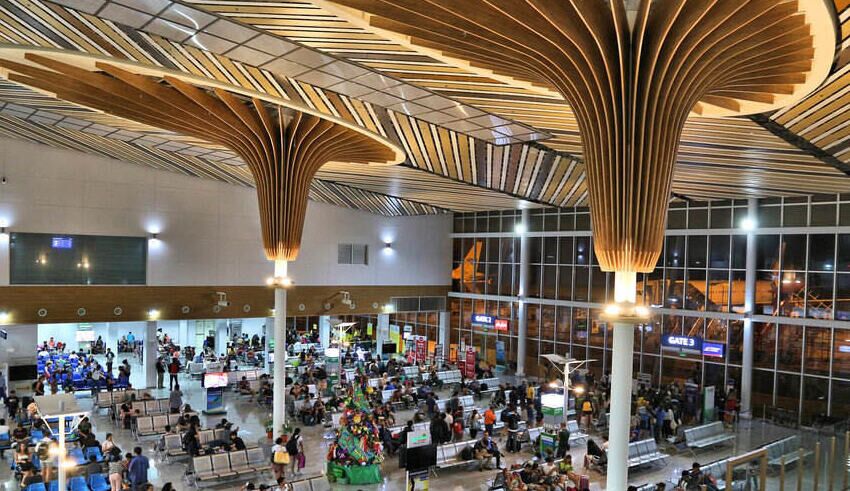
As the House and Senate took turns interrogating officials about the New Year’s Day debacle at the country’s finest airport, which affected more than 78,000 passengers, another flawed air traffic system in the Philippines has come to light — one that was never even deployed.
Senators directed their ire at the P511 million Manila Area Control Center (MACC), a previously bought air traffic control system, at a joint committee hearing on January 12.
In the late 2000s, CAAP and the Department of Transportation and Communications (DOTC) acquired MACC from the obscure Czechoslovak company CS-Soft.
In 2011, the Philippine Air Traffic Controllers Association (PATCA) stated in a position paper, “As of now, CS-Soft has yet to show its name in the creation of trustworthy and reliable air traffic management systems.”
However, the MACC was marketed as a transitional system for the CAAP while the outdated Eurocat system was replaced with the “state-of-the-art” Communications, Navigation, and Surveillance Systems for Air Traffic Management (CNS/ATM).
However, former CAAP director general William Hotchkiss II, who managed the agency after the system was bought, stated that MACC was ineffective due to its inadequacies.
It was a waste of money since it was ineffective; it was hazardous to use, he stated during the Thursday, January 12 session of the bipartisan Senate committee.
Keep Reading
PATCA further detailed in its position paper how the system’s computers would abruptly restart and how the presented statistics on an aircraft’s position and altitude were “not believable.”
The malfunctioning MACC system also posed a danger to the nation’s air traffic system upgrading plans. In 2011, the Commission on Audit (COA) temporarily prohibited the CNS/ATM project in part due to the DOTC’s recent acquisition of the flawed MACC air traffic system. However, the CNS/ATM project was finally approved when it became apparent that a more effective air traffic management system was required.
The COA identified the MACC system once more, this time in an audit report published on 14 July 2022. The state auditor identified the MACC as a “dormant project” for the Department of Transportation (DOTr). The MACC System Project – Phase 1 and Phase 2 were both more than 99 percent complete, according to the COA, but the DOTr has yet to describe how the system may be utilized by other agencies.
In its audit report, the COA stated, “Management has not provided an update on the prospective usage of the largely finished Manila Area Control Center Phase I and II to prevent additional government losses owing to technical obsolescence.”
The Department of Transportation had earlier informed the COA that the underused system may be transferred to the Philippine Air Force or Philippine Coast Guard and adapted for specific military usage.
The state auditor stated that management’s actions on proposals, transfers, agreements, and/or communications have not been provided to the Audit Team to date.
The future of the MACC is still uncertain. Former CAAP administrator Hotchkiss stated that he was ignorant of the system’s current condition and operation.
Manuel Tamayo, the current Director General of the CAAP, likewise stated that the MACC was never utilized.
“That MACC system never went online because there were so many flaws and problems (it had a lot of defects and many issues). It was not requested,” he stated.




